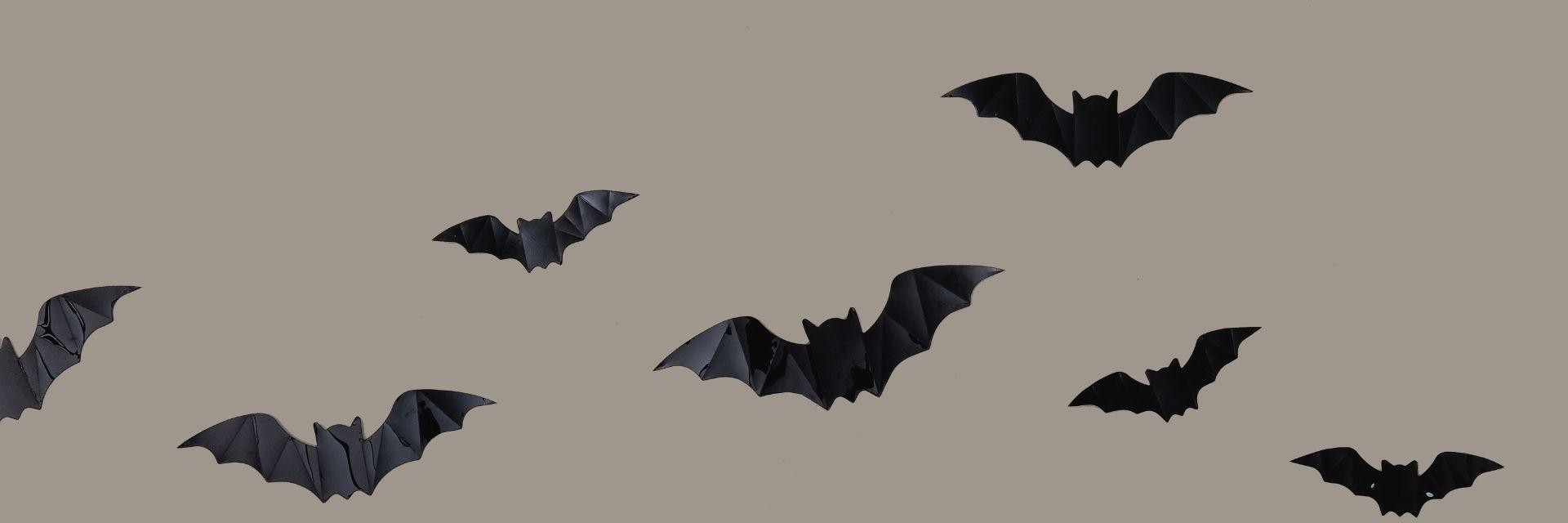Bats in Society
How might an understanding of human-wildlife conflicts shape our approach to disease, ecology, and conservation?
Should we care that we are losing wildlife, like bats? Across the globe, human societies have significantly harmed bat populations both intentionally and unintentionally.
This course will delve into different bat population crisis causes as well as current and potential solutions, while addressing complex human-wildlife conflicts that need to be considered while solving them.
During the course, students will get hands-on experience using highly sophisticated bat acoustic technology to identify bats to species-level. Lecture and discussion sections will focus on bat ecology, management techniques, newest bat identification techniques, data interpretation, and scientific presentation skills.
Community Course
ENST 215: Bats in Society: Human-Wildlife Relationships, Conflicts, & Solutions
The goals of this course are for students to understand and appreciate the important role that human societies play on wildlife populations (such as bat populations).
 Shannon P. Browne, PhD, Certified Wildlife Biologist ®, was raised in Montgomery County, MD but spent almost every weekend and school holiday break at her aunt’s horse farm in Prince George’s County, MD. After completing of a year-long primate research project for NIH during high school, she decided to extend her animal research skills and pursued a B.S. degree in Animal Science from Texas A&M University where she rode for their NCAA equestrian team while studying canid nutrition and dermatology for the Veterinary School’s Department of Pathobiology. To help pay more of the out-of-state bills, she also worked in their large and small animal ICU hospitals. While she enjoyed teaching 4th-year veterinary students about emergency medicine techniques, she truly desired to break out of domesticated and laboratory animal medicine to research wildlife populations. After moving back near her family on the east coast, she pursued a master’s degree at Virginia Tech focusing on human-wildlife conflict, specifically preparing Washington, DC residents for the newly arrived Eastern coyote. Her graduate advisor, Dr. David Trauger, heavily encouraged participation in professional societies such as The Wildlife Society (TWS). Her networking and research presentation skills with TWS grew and she was hired to manage TWS’ certification and subunits’ programs. She thoroughly enjoyed traveling to chapter and section meetings around North America but was very pleased to land an opportunity that paid her to pursue a PhD at University of Maryland. Under dissertation advising by highly acclaimed wildlife landscape ecologist Dr. Jennifer M. Mullinax, she focused her PhD research on habitat variables helping the dwindling cave bat populations trying to survive White-nose Syndrome (WNS).
Shannon P. Browne, PhD, Certified Wildlife Biologist ®, was raised in Montgomery County, MD but spent almost every weekend and school holiday break at her aunt’s horse farm in Prince George’s County, MD. After completing of a year-long primate research project for NIH during high school, she decided to extend her animal research skills and pursued a B.S. degree in Animal Science from Texas A&M University where she rode for their NCAA equestrian team while studying canid nutrition and dermatology for the Veterinary School’s Department of Pathobiology. To help pay more of the out-of-state bills, she also worked in their large and small animal ICU hospitals. While she enjoyed teaching 4th-year veterinary students about emergency medicine techniques, she truly desired to break out of domesticated and laboratory animal medicine to research wildlife populations. After moving back near her family on the east coast, she pursued a master’s degree at Virginia Tech focusing on human-wildlife conflict, specifically preparing Washington, DC residents for the newly arrived Eastern coyote. Her graduate advisor, Dr. David Trauger, heavily encouraged participation in professional societies such as The Wildlife Society (TWS). Her networking and research presentation skills with TWS grew and she was hired to manage TWS’ certification and subunits’ programs. She thoroughly enjoyed traveling to chapter and section meetings around North America but was very pleased to land an opportunity that paid her to pursue a PhD at University of Maryland. Under dissertation advising by highly acclaimed wildlife landscape ecologist Dr. Jennifer M. Mullinax, she focused her PhD research on habitat variables helping the dwindling cave bat populations trying to survive White-nose Syndrome (WNS).
She has been teaching ENST wildlife management and spatial analysis courses, some developed by acclaimed urban wildlife biologist Dr. Lowell Adams, for UMD’s Environmental Science & Technology Department since 2015 and was promoted to Senior Lecturer. Her passion to help bat populations also benefits Plummers Island and she’s been a staunch supporter of protecting the island from toll lane construction. She lives a few miles from the island in Northern Virginia with her husband, 2 sons, 2 dogs, and 2 tortoises. She recently became trained as a cub scout den leader, so don’t be surprised if you see her hiking along Potomac River trails with a gaggle of cub scouts or UMD students.
![]()
In the news:
Bat Myths Busted
Do They Suck Your Blood? Are They Actually Blind? A Wildlife Biologist Explains

